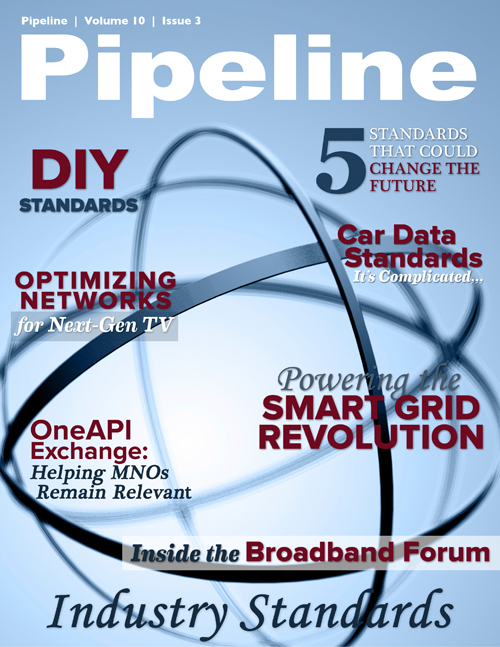Five Standards That Could Change the Future
Although there are countless benefits to LTE-A, ample barriers exist that will slow its adoption in the near term. First, there aren’t enough contiguous, unoccupied bands of spectrum available, especially in the US. Second, the telecom industry’s significant investment in legacy hardware can’t be ignored. Third, and perhaps most importantly, nearly every carrier is unclear on how to monetize LTE-A: they would all like to offer it as a premium service to cover the cost of network upgrades but are still figuring out how to do it with vanilla LTE.
V2X: vehicle-to-X communications
What’s cooler than cars that can download movies, message your loved ones when you’re running late or call a tow truck? Cars that can communicate with each other, that’s what, not to mention traffic signals, congestion-monitoring portals and public safety vehicles. Infotainment and basic telematics solutions are certainly innovative, but they represent only the tip of the iceberg: the future of connected cars includes automated traffic management and augmented-reality and collision-avoidance solutions, and it will be made possible by vehicle-to-X communications (V2X).
V2X is really an umbrella term that encompasses both vehicle-to-vehicle (V2V) and vehicle-to-infrastructure (V2I) communications. To get a sense of the level of interest in V2X, take a look at the list of manufacturers that spoke at last month’s V2X conference, which took place in Novi, Michigan: Ford, Chrysler, General Motors, Toyota, Nissan, Volkswagen, Hyundai. In Europe the Car 2 Car Communication Consortium has successfully lobbied 11 original equipment manufacturers (OEMs) to sign a memorandum of understanding (MoU) to implement V2V by 2015, while in the United States V2V development is being driven by the Department of Transportation (no pun intended). Likewise, V2I is being pursued by car manufacturers, communications service providers (CSPs) and government entities; BMW, Honda, the University of Michigan, and Cohda Wireless have recently been testing a motorcycle with V2I capabilities such as curve speed warning (CSW) and traffic-light violation recognition, and the Department of Transportation is actively involved in the standardization and expansion of V2I solutions as well.It’s easy to see how V2X will power the transportation world of the future with developments like self-driving cars. What’s not so easy to see is how soon such developments will hit the market. According to Juniper Research, trials of V2V and V2I are underway, but widespread deployment is much further off. As with any automated transportation solution, safety, efficiency and predictability must be perfected before the solution is commercialized.
Isis: mobile payment platform
The promising world of mobile payments and digital wallets has been heralded for years, but most people still reach for the billfold in their pocket or purse when making a transaction. The reason for this failure to launch is that despite everyone from Visa and PayPal to Google and Chase wanting a piece of the mobile-payment action, the proliferation of proprietary payment standards has restricted widespread growth.
AT&T, Verizon and T-Mobile joined together in 2012 to create Isis, a mobile-payment and digital-wallet service that launched last September. The combined strength and market dominance of these leading mobile providers means Isis can better position them to succeed in the mobile-payment and -wallet market. Besides having a standardized payment-and-settlement interface, the Isis platform incorporates digital-wallet features such as integrated incentives, promotions and automated loyalty programs: wave your phone in the air and authenticate with a PIN, and the transaction, couponing and loyalty credit is complete.




















